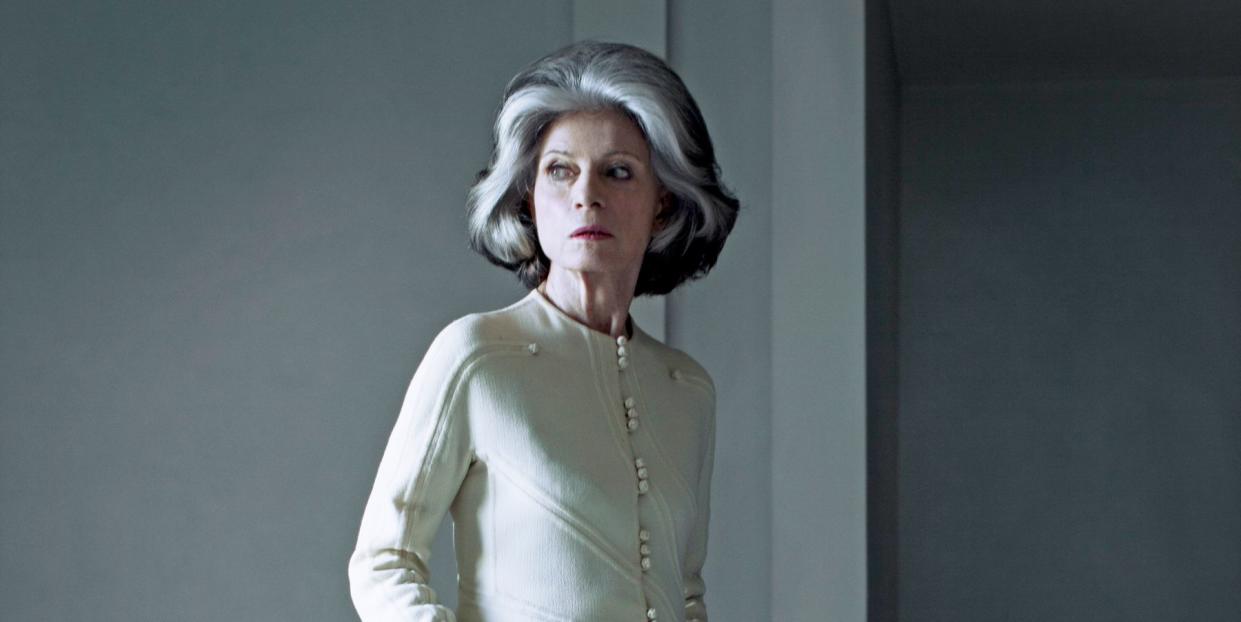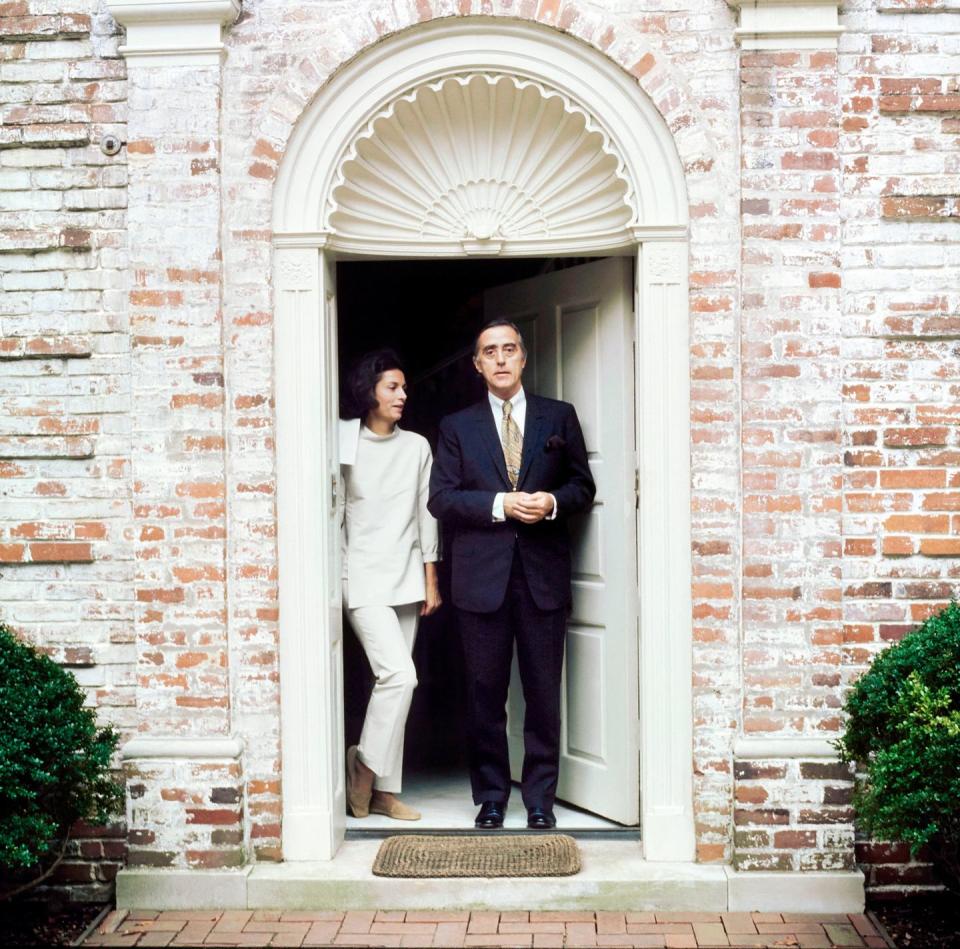How Style Icon Deeda Blair Became a Leading Advocate for Neuroscience

"Hearst Magazines and Yahoo may earn commission or revenue on some items through the links below."
The new book Deeda Blair: Food, Flowers & Fantasy ($60, Rizzoli) has exactly what readers might hope for when it comes to the first two of those categories—gorgeous photos, glittering memories, and advice on how to prepare them elegantly from the author. Fantasy is the surprising part.
In the book, Blair, who is known for her style and influence in political and social circles, shares her dreams for the Deeda Blair Research Initiative for Disorders of the Brain—part of the Foundation for the National Institutes of Health—which she launched in 2021 in honor of her late son, who suffered from depression. It’s Blair’s commitment to the foundation’s work, more than her other pursuits, that she hopes will
inspire readers.

You’ve written this book to benefit your foundation. What is its focus?
I hope to support young people going into neuroscience. There needs to be work that solves, or attempts to solve, that gap between neuroscience and clinical psychology.
Someone I was talking to recently described working at a hospital and said researchers on one floor were discovering new methods for treating psychiatric disorders, but on another they treated the patients in the same way they always had.
This started because I thought about what could have an impact after I’m gone. My idea was to support young people when they start out, when they finish the residency and have no grants. After I’m gone the foundation has the freedom to do larger programs if they want.
How did you become knowledgeable about medicine after getting an education in which science was hardly a primary emphasis?
They didn’t teach biology; it was too sexy. My mother was interested in the children’s hospital where we lived in Chicago. I went there to read to children, but I found a place where I could stash the books and go watch surgery. I started talking to doctors in those hospital settings.
When we moved to Washington I began working with Mary Lasker, going to the National Institutes of Health. I could ask for an appointment with anyone I’d heard speak. One person I visited said, “You should get a high school biology textbook and read it.” I did, and then I could begin to understand.
People often assume that someone who is a style icon can’t be an intellectual. I’ve always admired your going forth with the idea that you could do both. Perhaps they overlapped when you began helping with AIDS research?
I became involved with AIDS because it was first discussed at the National Cancer Institute, when people were coming in with Kaposi’s sarcoma. I knew John Fairchild, and he asked to do an article on me and AIDS research. Out of that, a woman wrote me saying, “My husband and I are interested in what we read. If you come to New York, we’d love to meet.” I got on a plane immediately, and they began supporting the Harvard School of Public Health’s AIDS program. It’s a dream of mine that the book might draw someone similarly.
From the time we met, it has been evident that you genuinely want to help.
I had an extraordinarily happy marriage, but as an ambassador’s wife you waste so much time entertaining people. I was happy to get away from that and plunge into something far more fascinating. I think back about people who I knew and getting them to the right doctor—it did save lives. But I don’t think back that often. I’d rather think about what’s next.
This story appears in the November 2022 issue of Town & Country. SUBSCRIBE NOW
You Might Also Like


